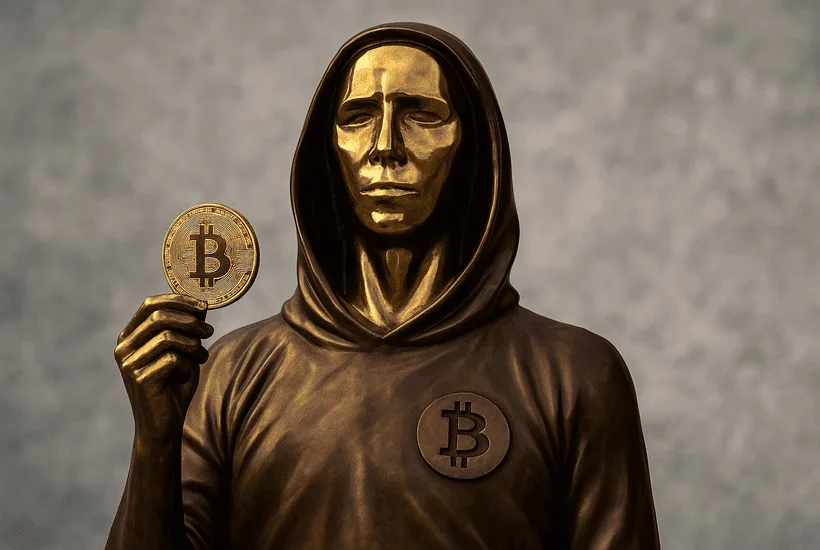- Proposal co-authored by Jameson Lopp seeks to freeze BTC in legacy cryptographic wallets.
- Addresses potentially affected include Satoshi Nakamoto’s estimated 1.1 million BTC.
- The phased migration plan aims to preempt a future “Q-Day” quantum attack scenario.
A group of Bitcoin developers has introduced a radical draft proposal that could freeze coins stored in addresses secured by outdated cryptographic methods including those tied to Bitcoin’s pseudonymous creator, Satoshi Nakamoto.
The proposal, co-authored by noted Bitcoin developer and security expert Jameson Lopp, outlines a phased soft fork strategy to protect the network from the looming threat of quantum computing. The goal is to preemptively migrate vulnerable wallets to quantum-resistant address formats before powerful quantum computers emerge that can break existing cryptographic safeguards.
This proposal is radically different from any in Bitcoin’s history just as the threat posed by quantum computing is radically different from any other threat in Bitcoin’s history.
Newsletter
Get weekly updates on the newest crypto stories, case studies and tips right in your mailbox.
How the transition would work
The draft lays out a three-phase plan:
- Phase A: Ban sending BTC to legacy ECDSA/Schnorr addresses, pushing adoption of quantum-resistant formats such as P2QRH. This phase would begin three years after the proposal is formally implemented.
- Phase B: Two years later, legacy signatures would be rendered invalid at the consensus layer. Coins in quantum-vulnerable addresses would be permanently frozen unless moved beforehand.
- Phase C (Optional): Introduce a recovery mechanism using zero-knowledge proofs tied to BIP-39 seed phrases—enabling a path for reclaiming funds stuck in frozen wallets. This phase could require either a soft or hard fork.
The most significant impact would be on addresses from Bitcoin’s earliest days including those linked to Satoshi Nakamoto many of which still rely on the older pay-to-public-key structure, considered highly vulnerable to future quantum decryption.
An estimated 1.1 million BTC could be affected, based on wallets that have never transitioned to more secure formats.
Why this matters now
Bitcoin’s current cryptographic backbone, primarily elliptic curve digital signature algorithms (ECDSA), is still considered secure against traditional computing threats. However, quantum computing advancements are progressing rapidly. A recent study cited by CoinDesk suggested that quantum decryption of RSA encryption might require 20 times fewer resources than previously estimated, raising alarms for ECDSA as well.
A successful quantum attack on Bitcoin would result in significant economic disruption, the ability of miners to provide network security may be significantly impacted. 25% of all BTC has exposed public keys, making those coins targets for a potential “Q-Day” attack, an event where malicious actors could use quantum tools to quietly extract funds without raising red flags on the blockchain.
Earlier this month, eight dormant wallets from Bitcoin’s early days holding over $8.5 billion suddenly moved after 15 years of inactivity, triggering renewed interest in wallet security and potential motives behind the transfers.
The proposal warns that a quantum adversary could stealthily compute private keys from known public keys and drain vulnerable wallets over time. This covert bleed, as described, could delay detection for weeks or even months.
Q-Day may be only known much later if the attack withholds broadcasting transactions in order to postpone revealing their capabilities.
Still a draft but possibly Bitcoin’s best shot
The proposal is still in the early stages and has not yet been assigned a formal Bitcoin Improvement Proposal (BIP) number. It remains unclear how the broader Bitcoin community known for its resistance to protocol changes will respond to such a sweeping initiative.
Nonetheless, the authors stress the urgency of planning now rather than reacting later, suggesting this could be the only viable route for Bitcoin’s long-term survival in a quantum-enabled future.













